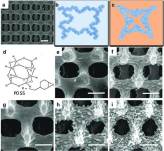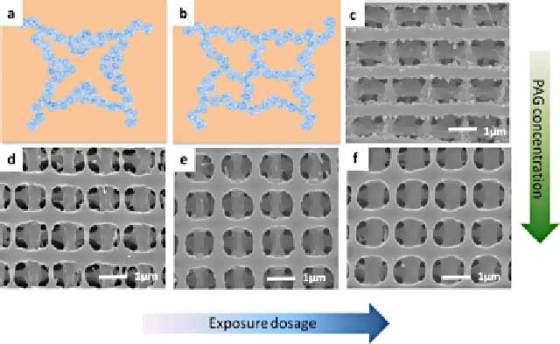Butterfly wings biomimicry for dirt free coated surfaces
 Aside the technology being used to generate the energy from the sun, the efficiency of solar panels also depends on the cleanliness of the panels. Moisture and dust debris piled up on their surface require time consuming and costly maintenance, however, a group of researchers from the University of Pennsylvania used bio-inspiration to develop a coating material inspired by the reflective and water-resistant properties of butterfly wings.
Aside the technology being used to generate the energy from the sun, the efficiency of solar panels also depends on the cleanliness of the panels. Moisture and dust debris piled up on their surface require time consuming and costly maintenance, however, a group of researchers from the University of Pennsylvania used bio-inspiration to develop a coating material inspired by the reflective and water-resistant properties of butterfly wings.
In nature, bio-organisms often possess hierarchical architecture with multiple functions. For example, it is discovered that Morpho butterfly wings (depicted on the first image of the article) which are known for their brilliant blue color, are also superhydrophobic due to the nanoroughness appeared on top of the multilayers. Dual-scale roughness has been found essential to the superhydrohpobic, self-cleaning natural surfaces such as lotus leaves, gecko feet hairs, or water strider legs.
Led by Shu Yang. Engineering Professor at the University of Pennsylvania, the team exploited microphase separation of crosslinked polymer chains from nonsolvents to generate nanoroughness (≤120 nm) on holographically patterned diamond photonic crystals.
The process of formation of these nanoroughened patterns consists out of spin-coating, pre-exposure bake, exposure, post-exposure bake (PEB), development, solvent rinsing and critical-point drying (CPD). The pattern is etched with the use of a laser which etches a 3D cross-linked pattern in a kind of material called photoresist. A solvent then washes away all the photoresist untouched by the laser, creating the 3D structure that affects light to create the color effects.
Instead of using nanoparticles or plasma etching, Yang’s team was able to add the desired nano-roughness to the structures by simply changing solvents after washing away the photoresist. The trick was to use a poor solvent – the better a solvent is, the more it tries to maximize the contact with the material. Bad solvents have the opposite effect, which the team used to its advantage at the end of the photolithography step.
“The good solvent causes the structure to swell”, said Yang. “Once it has swollen, we put in the poor solvent. Because the polymer hates the poor solvent, it crunches in and shrivels, forming nanospheres within the 3D lattice.”
The degree of nanoroughness can be controlled by tuning the crosslinking density of the polymer network. That can be achieved by changing the loading of photoacid generators and exposure dosage, as well as by changing the solvent used during the process. The nanoroughness does not alter the photonic bandgap position in the infrared region.
The results of the research performed at the University of Pennsylvania show that the combination of periodic microstructure and nanoroughness could offer new opportunities to realize superhydrophobicity and enhanced dye adsorption on the 3D photonic crystals. 3D photonic structure with controllable nanoroughness could find uses in many other applications, such as solar cells, fuel cells, catalysis, and protein/drug delivery.
Yang is also cooperating with architects in order to develop a holographic material which could be used to coat buildings in order to provide aesthetics for their facades. Buildings coated with this material could be connected to a chip that lets the owners change the color and transparency of the facade, while still employing its ability to stay clean from dust and water.
For more information, you can read the article published in the Advanced Functional Materials: “Exploiting Nanoroughness on Holographically Patterned Three-Dimensional Photonic Crystals” [1.26MB PDF].










Biomimicry at its best.
Dr.A.Jagadeesh Nellore(AP),India
E-mail: anumakonda.jagadeesh@gmail.com